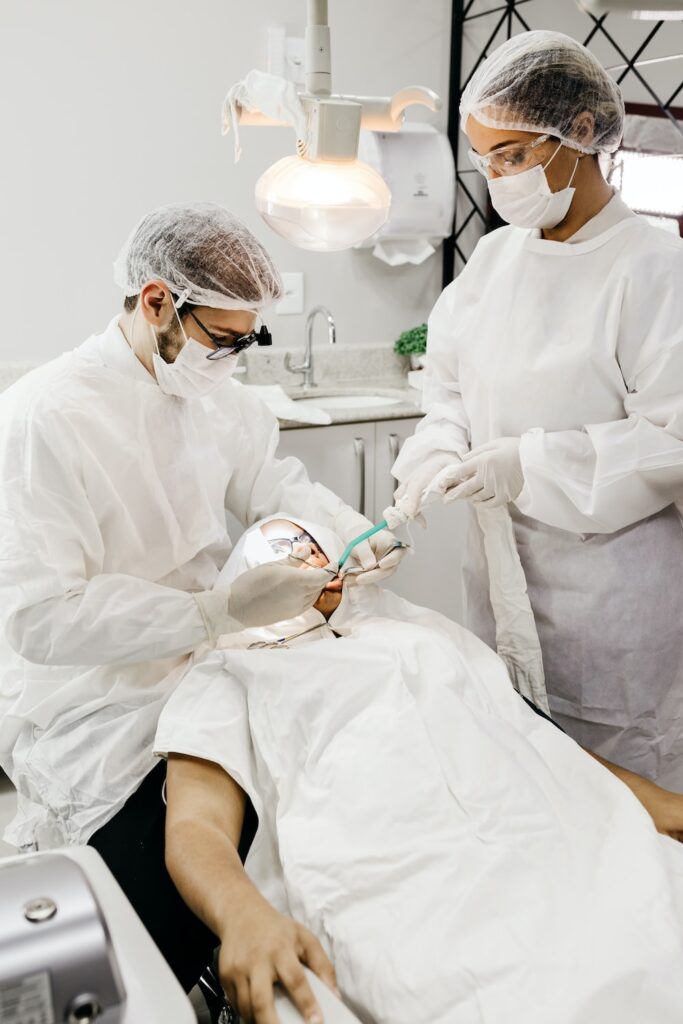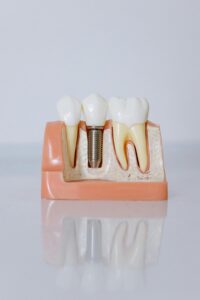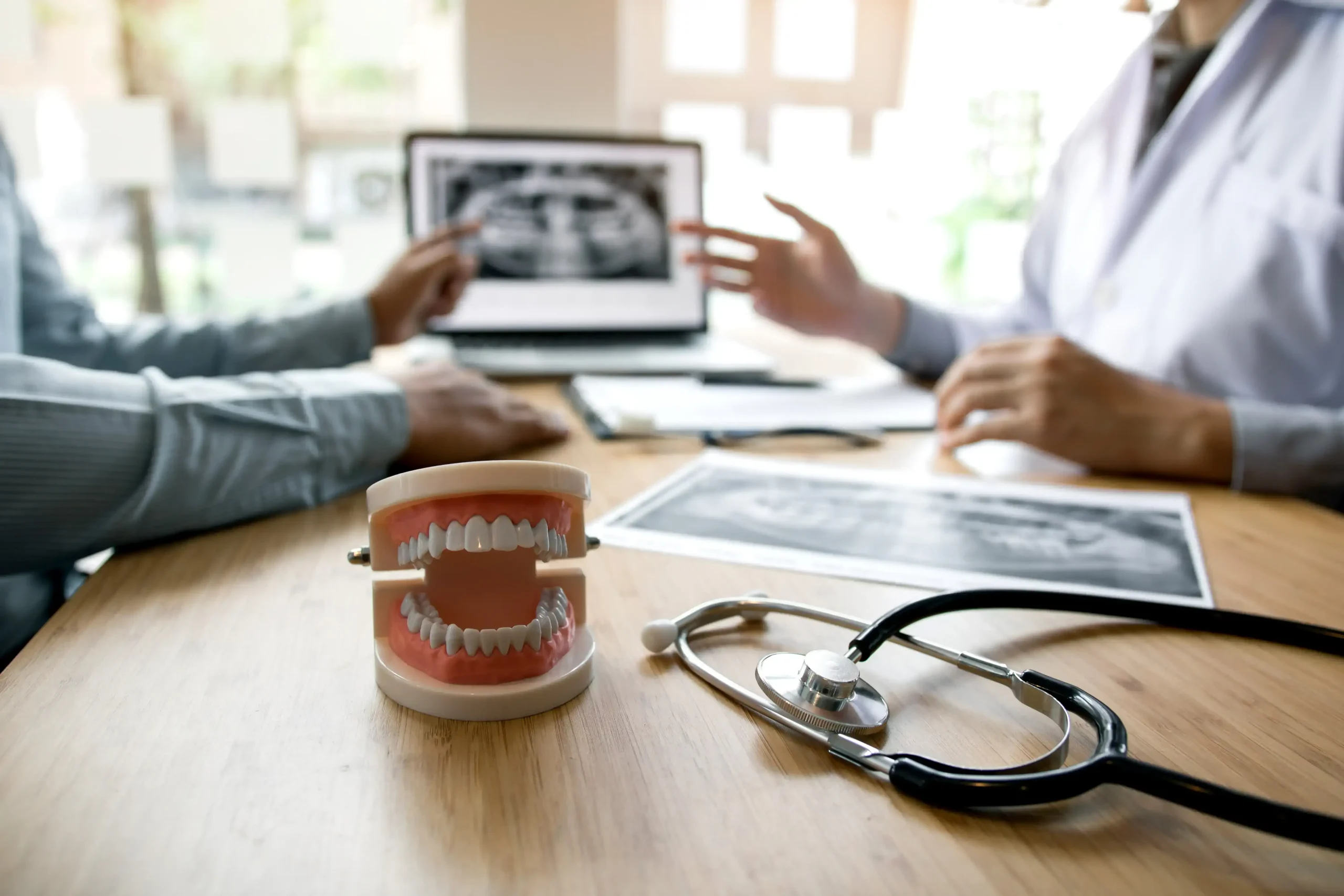In this blog post, we will explore the alarming rise in oral cancer cases, its devastating impact on individuals and families, and the importance of early detection. By shedding light on the facts and signs of oral cancer, we aim to empower readers with valuable knowledge that can potentially save lives. This blog post is optimized for search engines, ensuring that it reaches a wider audience seeking information on oral cancer. So, let’s delve into the world of oral cancer and learn how to recognize its signs before it’s too late.

Introduction to Oral Cancer
Oral cancer is a life-threatening condition that affects the mouth, tongue, lips, and throat. It involves the uncontrolled growth of abnormal cells in these areas, leading to the formation of tumors. Oral cancer is a serious public health concern affecting millions of people worldwide. According to recent statistics of cancer.net, the incidence of oral cancer has been steadily increasing over the past few decades. In this section, we will delve deeper into the prevalence and risk factors associated with oral cancer.
Oral Cancer Statistics
Globally, approximately 354,864 cases of oral cancer were reported in 2020.
Oral cancer is more common in men than women, with a male-to-female ratio of 2:1.
The highest incidence rates of oral cancer are found in Southeast Asia and Central/Eastern Europe. In the United States alone, an estimated 54,010 new cases of oral cancer will be diagnosed in 2021.
Risk Factors for Oral Cancer
Tobacco Use: Smoking cigarettes, cigars, pipes, or using smokeless tobacco significantly increases the risk of developing oral cancer.
Heavy Alcohol Consumption: Excessive alcohol consumption, particularly when combined with tobacco use, poses a substantial risk.
Human Papillomavirus (HPV) Infection: Certain strains of HPV, especially HPV16 and HPV18, have been linked to oral cancer.
Sun Exposure: Prolonged exposure to the sun without adequate protection increases the risk of lip cancer.
Poor Oral Hygiene: Neglecting regular oral care can contribute to the development of oral cancer.
Diet: A diet lacking in fruits and vegetables may increase the risk of oral cancer.
Signs and Symptoms of Oral Cancer
Early detection is crucial in successfully treating oral cancer. Recognizing the signs and symptoms can lead to early intervention and improved outcomes for patients. In this section, we will discuss the common signs and symptoms of oral cancer that individuals should be aware of:
Persistent Mouth Sores: Any sore or ulcer that does not heal within two weeks should be evaluated by a healthcare professional.
Red or White Patches: The presence of red or white patches on the tongue, tonsils, or lining of the mouth could be an indication of oral cancer.
Unexplained Bleeding: Unexplained bleeding in the mouth, throat, or gums should not be ignored.
Difficulty Swallowing or Chewing: Difficulty in swallowing or chewing food may signify a tumor obstructing the oral cavity or throat.
Chronic Sore Throat or Hoarseness: A persistent sore throat or hoarseness that lasts for more than two weeks should be investigated.
Numbness or Pain: Numbness or pain in any area of the mouth, face, or neck could be a symptom of oral cancer.
Loose Teeth: Oral cancer can cause teeth to become loose without any apparent dental reason.
Changes in Voice: Noticeable changes in voice quality or speech patterns may indicate underlying issues.
It’s important to note that these signs and symptoms can also be associated with less severe conditions. However, it is always advisable to consult a healthcare professional for proper evaluation and diagnosis.
The Role of Dentists in Early Detection
Dentists play a crucial role in identifying oral cancer at its early stages. As part of routine dental check-ups, dentists perform thorough oral examinations to check for any abnormalities. They are trained to recognize potential signs of oral cancer and can refer patients for further evaluation if necessary.
During a dental examination for oral cancer detection, dentists may perform the following:
Visual Inspection: Dentists examine the mouth, lips, tongue, cheeks, gums, and throat for any visible signs of oral cancer.
Physical Palpation: Dentists gently feel the tissues inside the mouth and neck to detect any lumps or irregularities.
Biopsy: If suspicious lesions are identified, dentists may perform a biopsy to confirm whether they are cancerous.
Regular dental visits are essential not only for maintaining good oral health but also for timely detection of potentially life-threatening conditions like oral cancer.
Oral Cancer Screening Guidelines
To ensure early detection and prompt treatment of oral cancer, various organizations have established screening guidelines for both healthcare professionals and individuals. Adhering to these guidelines can significantly reduce the morbidity and mortality associated with oral cancer. Here are some key recommendations:
American Cancer Society (ACS): The ACS advises that adults undergo regular oral examinations as part of their general healthcare routine. The frequency may vary based on individual risk factors and dentist recommendations.
Dental Associations: Many dental associations recommend that individuals receive an annual oral cancer screening as part of their routine dental check-up.
Self-Examination: Individuals should also perform self-examinations at home to monitor any changes in their mouth or throat. Consultation with a healthcare professional is crucial if any concerning signs or symptoms are noticed.
Remember, early detection through regular screenings can significantly improve the chances of successful treatment and cure.
Diagnostic Tests for Oral Cancer
When suspicious lesions are identified during an examination or screening, further diagnostic tests may be required to confirm the presence of oral cancer. These tests help healthcare professionals determine the stage and extent of the disease, guiding treatment decisions. Some commonly used diagnostic tests include:
Biopsy: A biopsy involves removing a small sample of tissue from the suspicious area for laboratory analysis. It is considered the gold standard for diagnosing oral cancer.
Imaging Tests: Imaging techniques like X-rays, CT scans, MRI scans, or PET scans provide detailed images of the affected areas and help determine if the cancer has spread.
Endoscopy: An endoscope is used to examine the throat and other internal structures for signs of cancerous growths.
Blood Tests: Blood tests may be performed to check for certain biomarkers associated with oral cancer.
It is important to discuss these diagnostic options with a healthcare professional who will determine the most appropriate course of action based on individual circumstances.
Prevention Strategies for Oral Cancer
While some risk factors for developing oral cancer cannot be controlled, there are proactive steps individuals can take to minimize their risk:
Tobacco Cessation: Quitting smoking and avoiding all forms of tobacco greatly reduces the risk of oral cancer.
Moderate Alcohol Consumption: Limiting alcohol intake to moderate levels lowers the risk associated with heavy drinking.
Safe Sun Practices: Protecting the lips from excessive sun exposure by using lip balms with SPF and wearing hats can help prevent lip cancer.
Balanced Diet: A diet rich in fruits and vegetables provides essential nutrients that support overall health and reduce the risk of developing various cancers.
Practice Good Oral Hygiene: Maintaining regular dental hygiene practices such as brushing twice a day, flossing daily, and visiting the dentist regularly helps maintain optimal oral health.
By adopting these preventive measures and making healthy lifestyle choices, individuals can significantly reduce their chances of developing oral cancer.
Treatment Options for Oral Cancer
If diagnosed with oral cancer, treatment options depend on several factors such as the stage and extent of the disease, overall health status, and personal preferences. Treatment modalities may include:
Surgery: Surgical removal of tumors is often performed for localized lesions.
Radiation Therapy: High-energy radiation is used to kill cancer cells or shrink tumors before or after surgery.
Chemotherapy: Medications are administered orally or intravenously to destroy cancer cells throughout the body.
Targeted Therapy: Certain drugs target specific molecules present in cancer cells to inhibit their growth.
Immunotherapy: This treatment option aims to stimulate the body’s immune system to recognize and destroy cancer cells.
Treatment plans are tailored to individual needs and may involve a combination of these modalities.
Emotional Support and Rehabilitation
Oral cancer diagnosis and treatment can have a profound impact on an individual’s physical and emotional well-being. Coping with the challenges posed by this disease requires a comprehensive approach that addresses not only medical aspects but also emotional support and rehabilitation.
Supportive Care Services
Counseling Services: Professional counselors can help individuals navigate their emotions and provide coping strategies during treatment and recovery.
Support Groups: Engaging with others who have experienced similar challenges can offer valuable support and guidance throughout the journey.
Rehabilitation Services: Speech therapists, occupational therapists, and physical therapists play an essential role in helping patients regain normal function after treatment.
Comprehensive care that addresses all aspects of healing is vital in promoting overall well-being during and after treatment.
Importance of Early Detection
Early detection is vital in improving outcomes for individuals diagnosed with oral cancer. By recognizing potential signs and symptoms, seeking regular screenings, and adopting preventive measures, individuals can significantly increase their chances of early diagnosis.
Advantages of Early Detection
Increased Treatment Success Rate: Treating oral cancer in its early stages enhances the chances of successful treatment and cure.
Minimized Treatment Intensity: Early-stage cancers often require less aggressive treatments compared to advanced-stage cancers.
Improved Quality of Life: Early detection allows for timely intervention, reducing potential complications and long-term effects on quality of life.
Remember that knowledge is power when it comes to detecting oral cancer early.
Conclusion
Oral cancer is a serious condition that affects thousands of people worldwide each year. By familiarizing ourselves with its facts, understanding its signs and symptoms, adopting preventive measures, and seeking regular screenings, we can play an active role in early detection and potentially save lives.
If you suspect any potential signs or symptoms of oral cancer or have concerns about your oral health, it is crucial to consult with a healthcare professional promptly.




